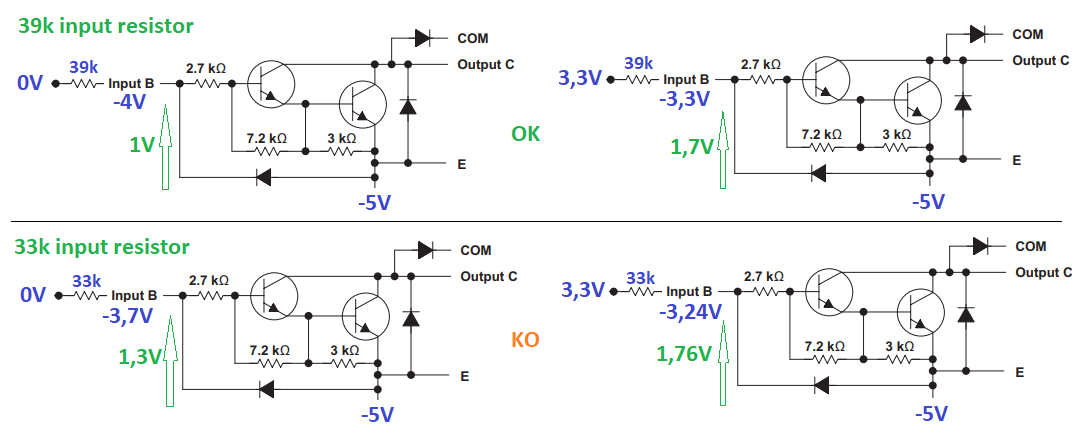Part Number: ULN2803A
Hello,
We use the ULN2803A as a signal switch and I am wondering if there is not a problem with a particular lot.
The inputs of the component are controlled by a basic microcontroller and the outputs are switched between two voltage levels (a low level connected to GND pin, and a high level 40V connected to pull-up resistors on each outputs).
We have been using this component for years and we are facing now the following issue : After several minutes, the 40V levels decrease on the ULN2803A outputs and lead the board to reset after a current rise which comes with the 40V decreasing.
This problem has occured only with some units of the following batch numbers (I guess it is the batch numbers):
91W71NB, 91WK28B and 91WDKDB
I can see this reference on the chip, before "ULN2803A G4".
The problem has never occured with the followings lots :
82ZE4T4, 82ZD6V4 and 78WK6N8
Is it possible that the 91W batch is defective ?
Thank you,
Thomas


